My American/Personal Identity:
Ethan Pritchard
Declaration of Independence
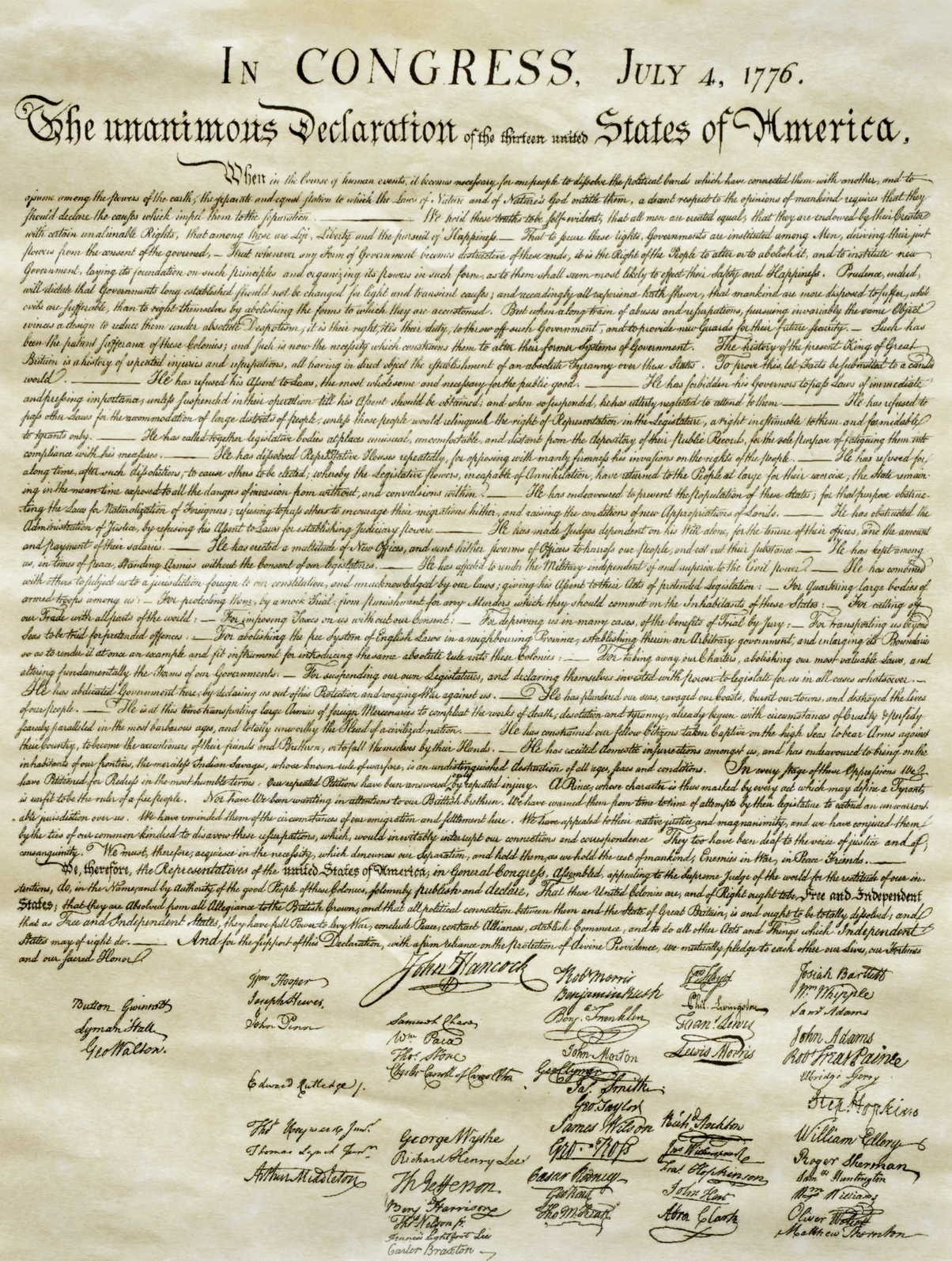
“We hold these truths to be self-evident, that all men are created equal.” The Declaration of Independence has practical and ideological importance in American history. The signing of the Declaration of Independence freed the first Americans from British tyranny, spawned a national holiday (4th of July), and set some of the original guidelines for governance of the new nation. The Declaration of Independence and other founding documents will always hold deep significance to American history and government.
Wall Street

Capitalism, the foundational economic system of America, goes hand in hand with the free, enterprising nature of our governmental system. No place on Earth represents capitalism better than Wall Street in New York; billions of dollars worth of transactions take place up and down Wall Street every day, and the street serves as the beating heart of American financial markets.
Statue of Liberty
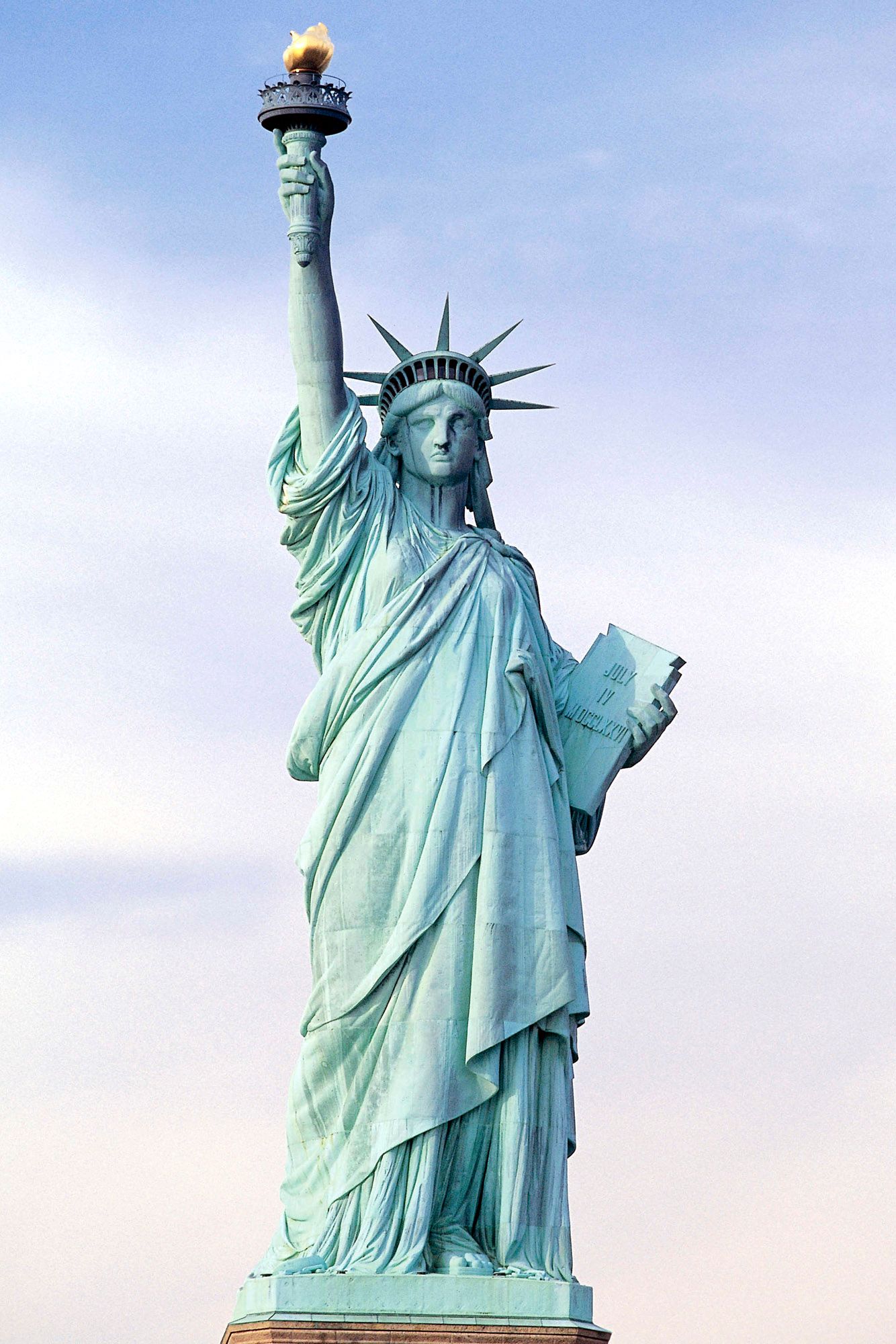
The Statue of Liberty, surprisingly, is not American. Built in France in the late 1800s and offered as a gift, the Statue of Liberty has embedded itself in American culture as a symbol of independence and acceptance. The thousands of immigrants who arrived in the United States by way of Ellis Island saw Lady Liberty as a beacon of hope when they entered New York Harbor by sea.
Disney World
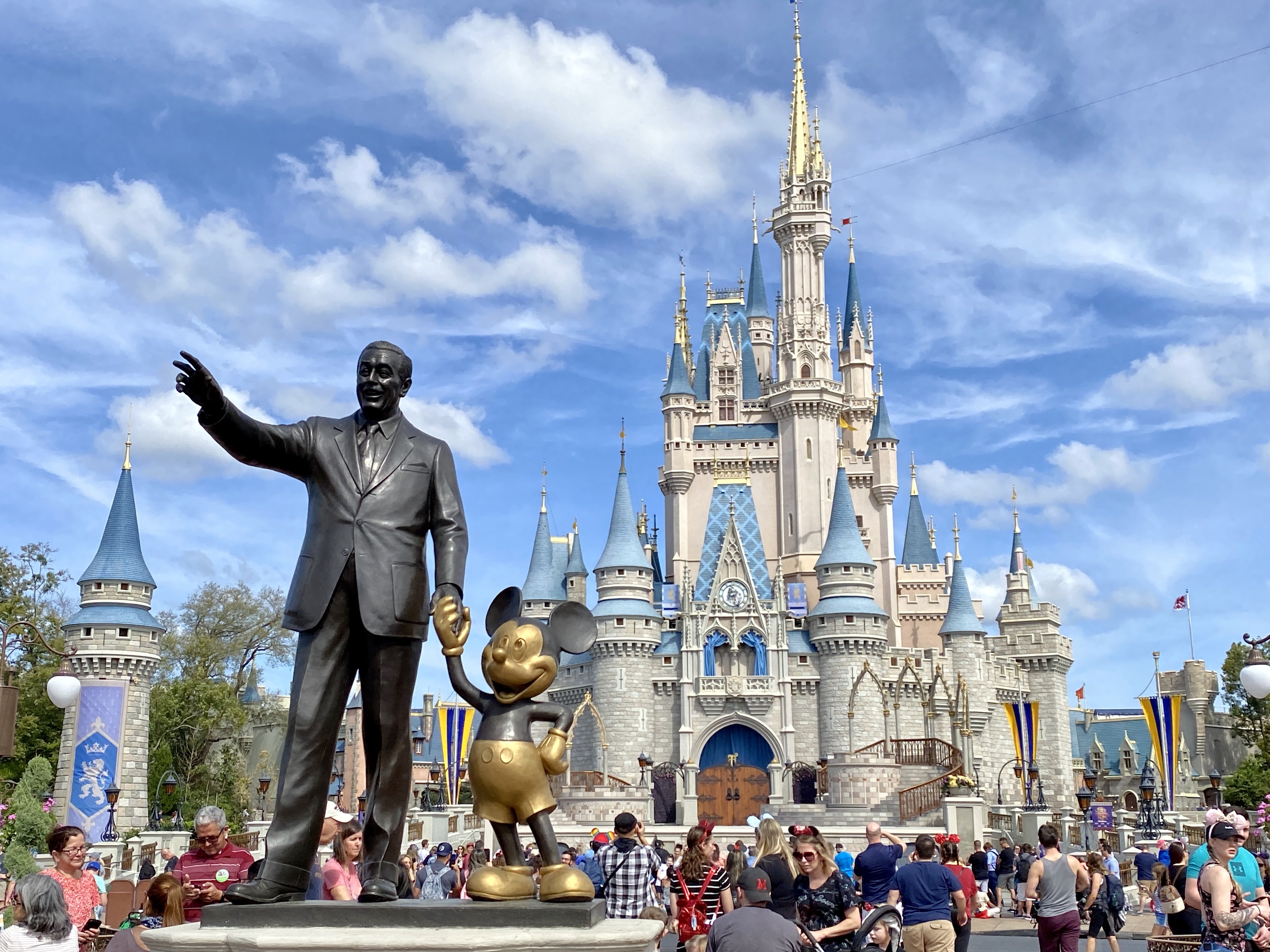
Disney is one of America’s most iconic brands and demonstrates the United States’ worldwide dominance in entertainment media. Mickey Mouse and many other Disney characters are instantly recognizable across the globe; Disney brand theme parks exist in Florida, California, and many major cities across Europe and Asia. Disney and its associated movie studios are responsible for producing much of the video content seen across the country and the world.
National Mall
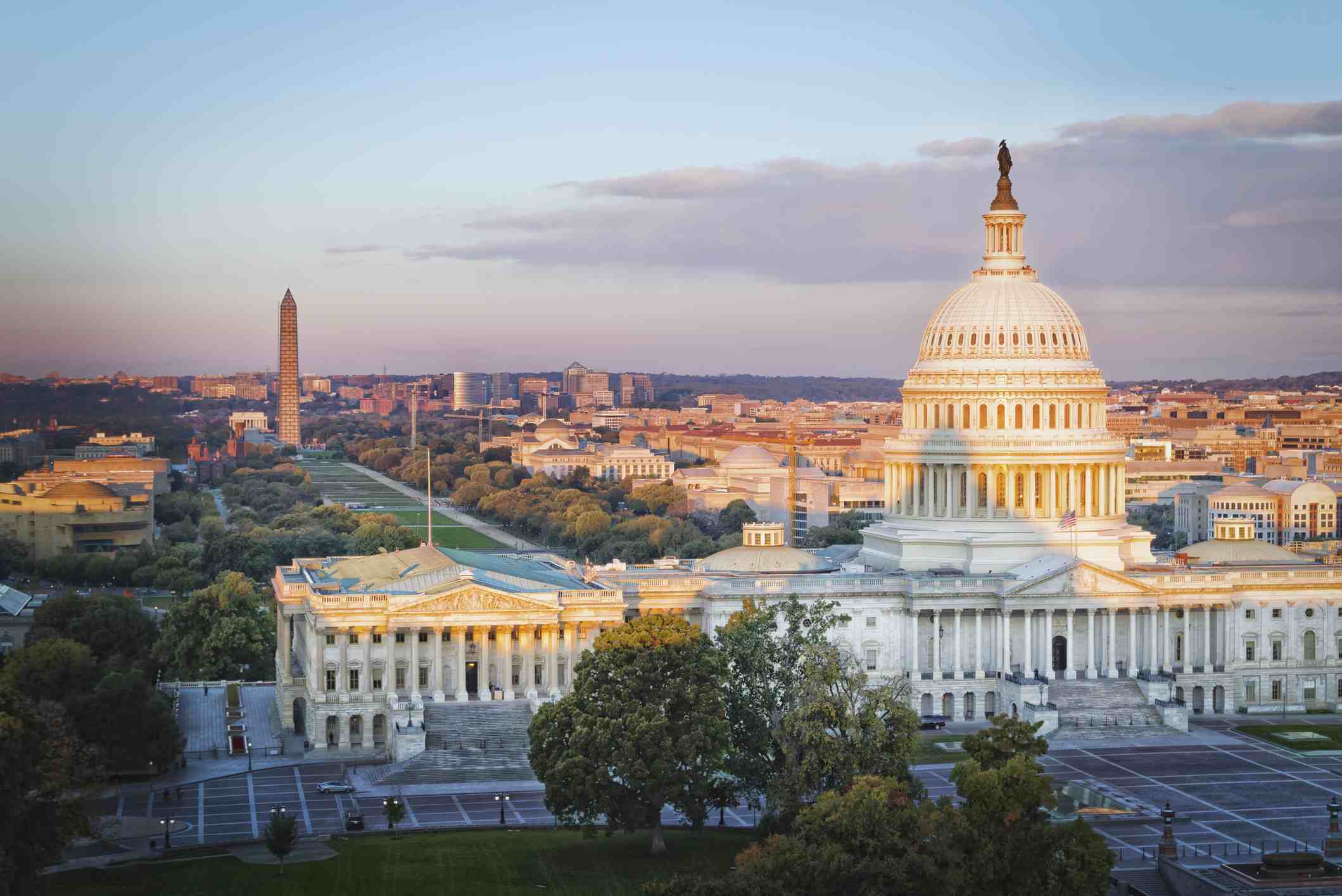
The National Mall spans from the Lincoln Memorial to the Capitol in Washington, D.C. Bordered by many other essential government buildings, the National Mall has served as the setting for many of the most iconic protests, celebrations, and gatherings in American history. Rev. Dr. Martin Luther King Jr. delivered his seminal “I Have a Dream” to a crowd of a quarter-million people from the steps of the Lincoln Memorial. Furthermore, the Capitol building is an emblem of representative government and the checks and balances that safeguard American democracy.
National Parks

The United States is the world’s fourth largest country by area; as such, it contains many different climates and diverse natural phenomena. The picture above depicts Cadillac Mountain in Acadia National Park (a place I’ve visited personally). Acadia, Yosemite, Yellowstone, the Everglades, and 58 other parks make up the extensive, magnificent National Parks system of the United States.
American Music

Jazz, blues, hip-hop, country, bluegrass, Americana; these genres are just a few examples of American musical innovation. These distinctly American styles developed in different areas of the country and have taken on international importance as they grew increasingly popular. Additionally, much of the world’s popular music is recorded cities such as L.A., Nashville, Houston, and New York.
Broadway
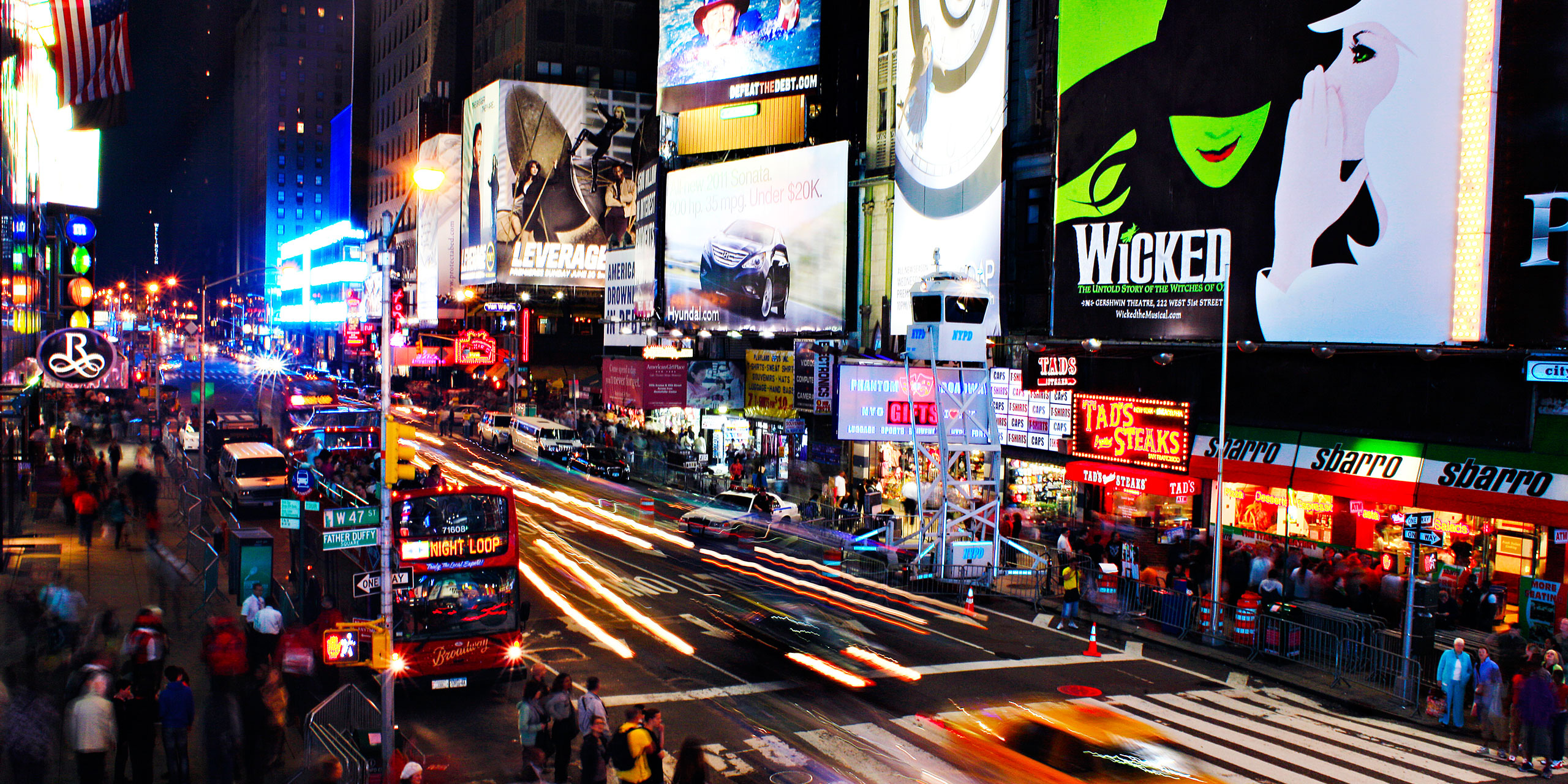
Broadway Street is yet another cultural icon in New York. Lined by world-famous theaters and bookended by Times Square, Broadway is a quintessential example of New York City and the worldwide theater scene.
Sports
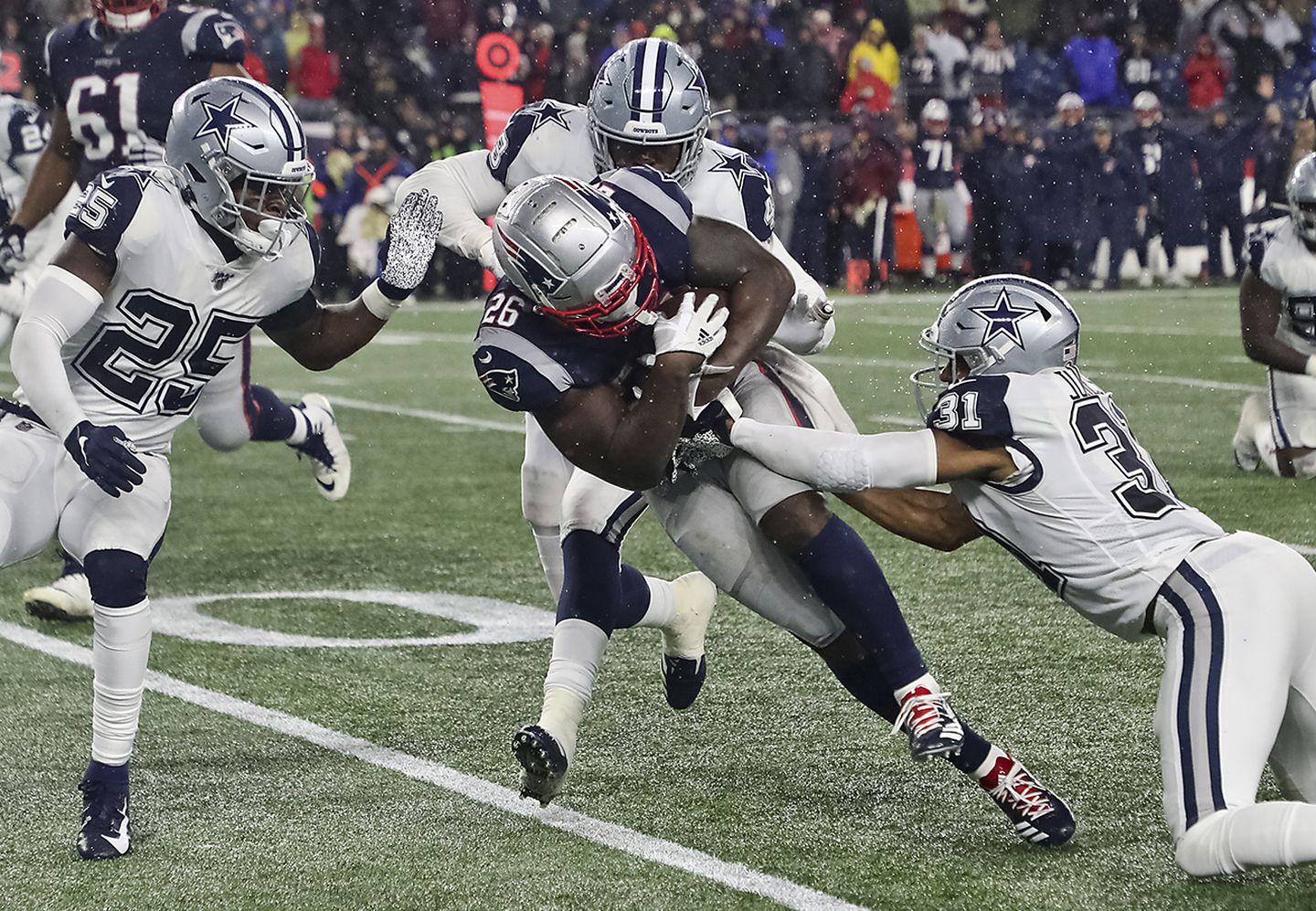
The picture features two of America’s most iconic sports brands: the New England Patriots and the Dallas Cowboys. The two compete in the NFL, one of the United States’ “big four” sports leagues alongside the MLB, NBA, and the NHL. Top athletes from across the globe come to America to compete in the world’s leading football, baseball, basketball, and hockey leagues (soccer, not so much…).
203

The 203 area code represents my home: southwestern Connecticut. My town is closely connected to the New York commuter culture due to rail line that runs along the coast of CT into New York City. Many towns in the 203 region share similar characteristics, demographics, and culture. I’ve lived in this area my whole life; no matter where I go, this corner of Connecticut will always be home to me.
Penfield Beach

The beach pictured above is the largest beach in the town of Fairfield, where I grew up. In the summer, Fairfield’s beaches are packed with visitors. My town (and others in the area) operates on a somewhat seasonal schedule that shifts as the weather turns warm. Many traditions (4th of July fireworks, Memorial Day events, etc.) are celebrated on the beaches.
Hopkins School

If you read the bottom of my high school’s logo, you’ll see a date not often associated with American history: 1660. It’s true; my high school was founded more than a century before the country officially existed. The school’s history is 360 years long, and I’m lucky and proud to have been a part of the past six.
Egyptian National Identity:
Pyramids and Sphinx
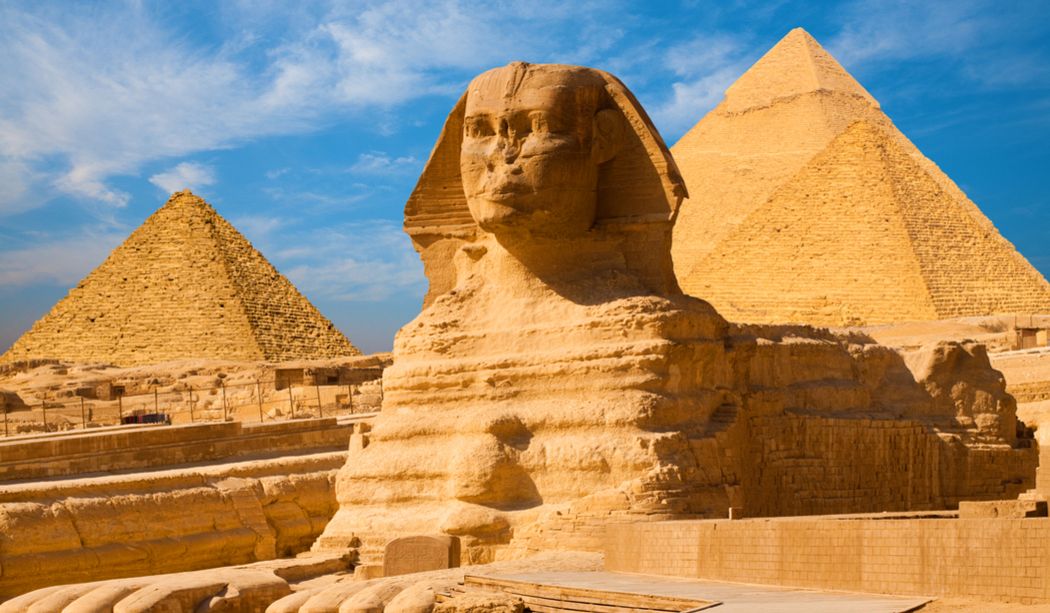
The Great Pyramids and Sphinx of Giza are timeless symbols on ancient Egypt. Recognized by anybody with knowledge of ancient Mediterranean history, these monuments definitively demonstrate the lasting marvel of ancient Egypt. Both continue to make appearances in films, books, and other depictions of Egypt.
Nile River
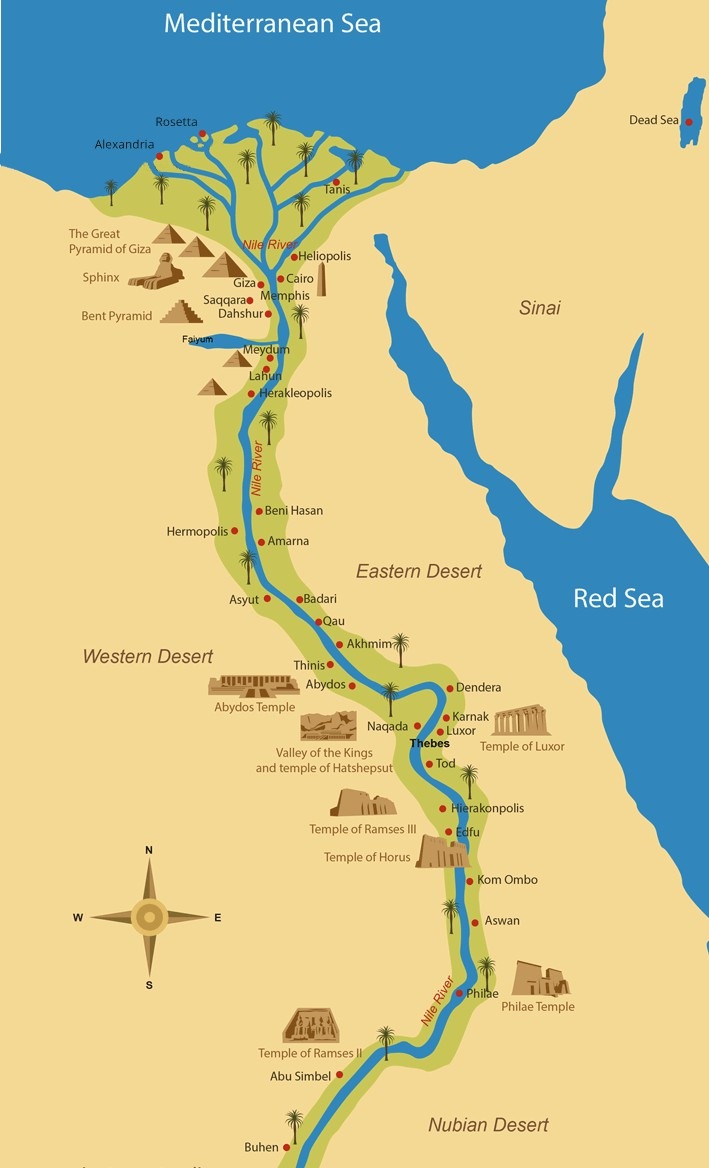
The Nile River was, and still is, the lifeblood of Egypt. The Nile is all that distinguishes Egypt from the dry, arid Sahara Desert that stretches to the west. The Nile causes certain sections of Egypt to be incredibly fertile, making it a valuable territory to hold in ancient days. As you can see from the map, nearly all important cities, monuments, and places of note are located within a few miles of the riverbanks.
Cairo

Cairo is the modern capital of Egypt. Built along the Nile at the south end of the delta, Cairo occupies a strategic position in Egypt. It is located near the site of ancient Memphis and many of Egypt’s most famous monuments. Cairo is an eclectic and fascinating patchwork of old and new, a modern capital for an ancient country.
Book of the Dead
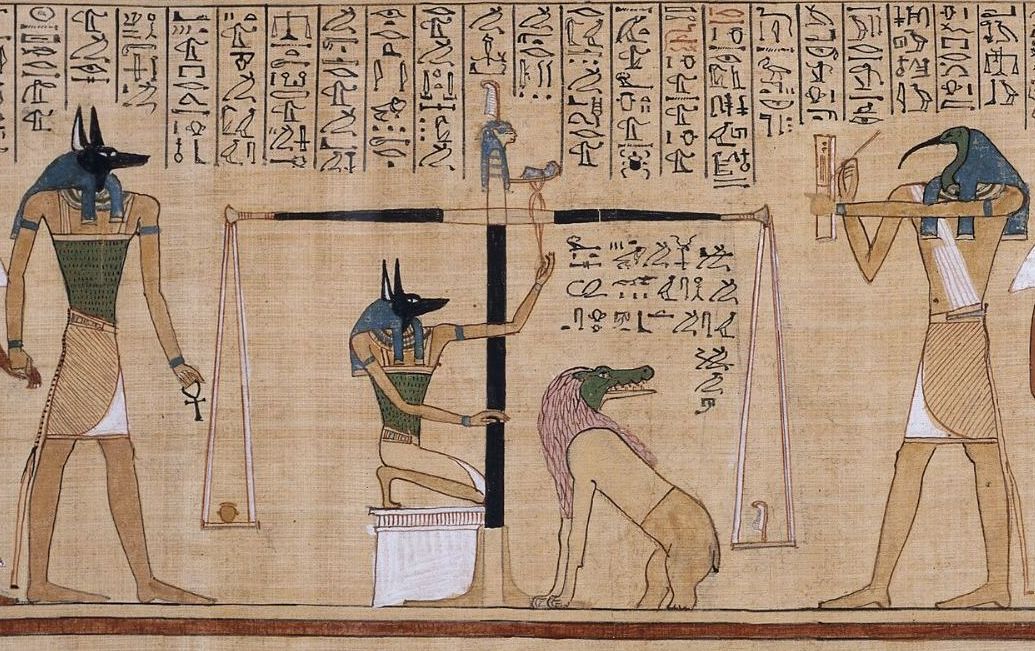
The Book of the Dead symbolizes the ancient pagan religion of Egypt. Egyptians believed owning a book of the dead was essential for a successful transition into the afterlife, and book of the dead hold great historical significance, as they contain numerous insights into the beliefs and stories of ancient Egyptian religion.
Library of Alexandria

The Library and the Lighthouse of Alexandria are two legendary emblems of Egypt’s “second city”, Alexandria. Located along the Mediterranean Coast, Alexandria has always welcomed traders and travelers by sea. In ancient times, the Lighthouse of Alexandria guided sailors in through treacherous waters and low visibility. At the library of Alexandria, scholars preserved the knowledge of the many different cultures and religions that interacted in Alexandria.
Coptic Church
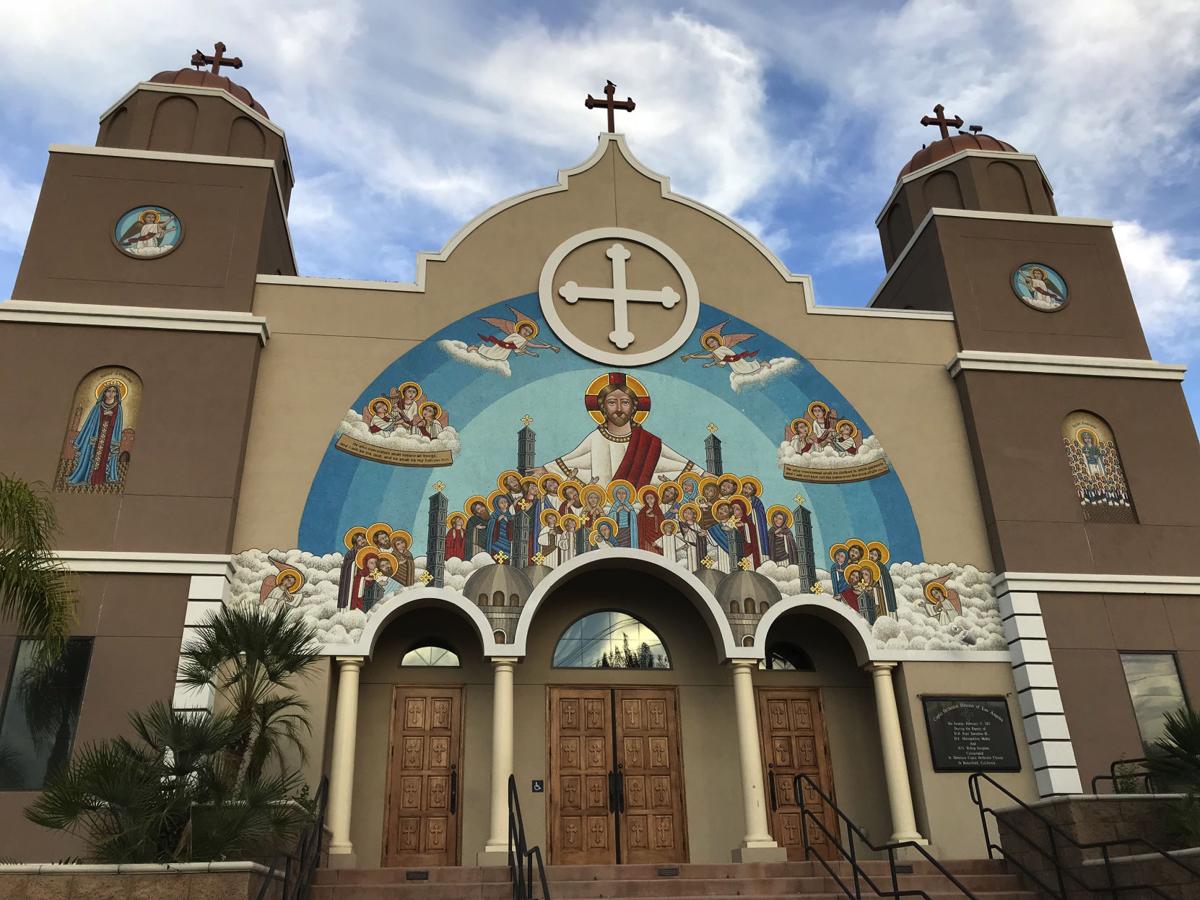
Above is an example of a Coptic church. This uniquely Egyptian sect of Christianity is an orthodox subgroup that was founded by Egyptians in the 1st century C.E. The Coptic Church claims Alexandria as its home, and although the Copts have lost wider influence in the region, eight percent of Egyptian’s identify as Copts.
Islam
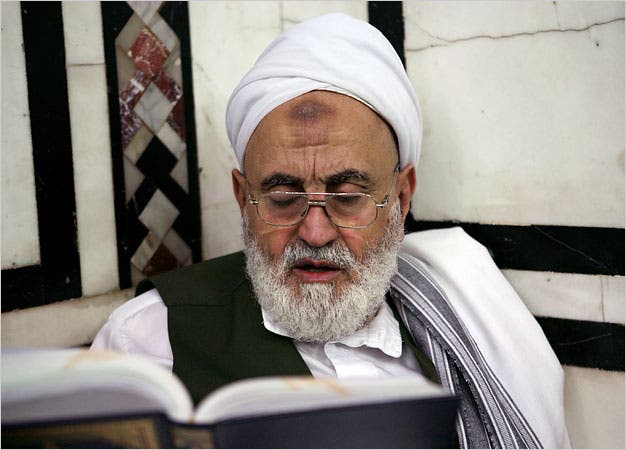
Today, the overwhelming majority of Egyptians are Islamic. The man pictured above has a “prayer bump” on his forehead, a scar from praying with his head bowed to the ground five times per day over the course of many years. As Egypt matured as a nation, it grew farther away from Christianity and Judaism into the Muslim, Arabic-speaking country it is today.
Hieroglyphics
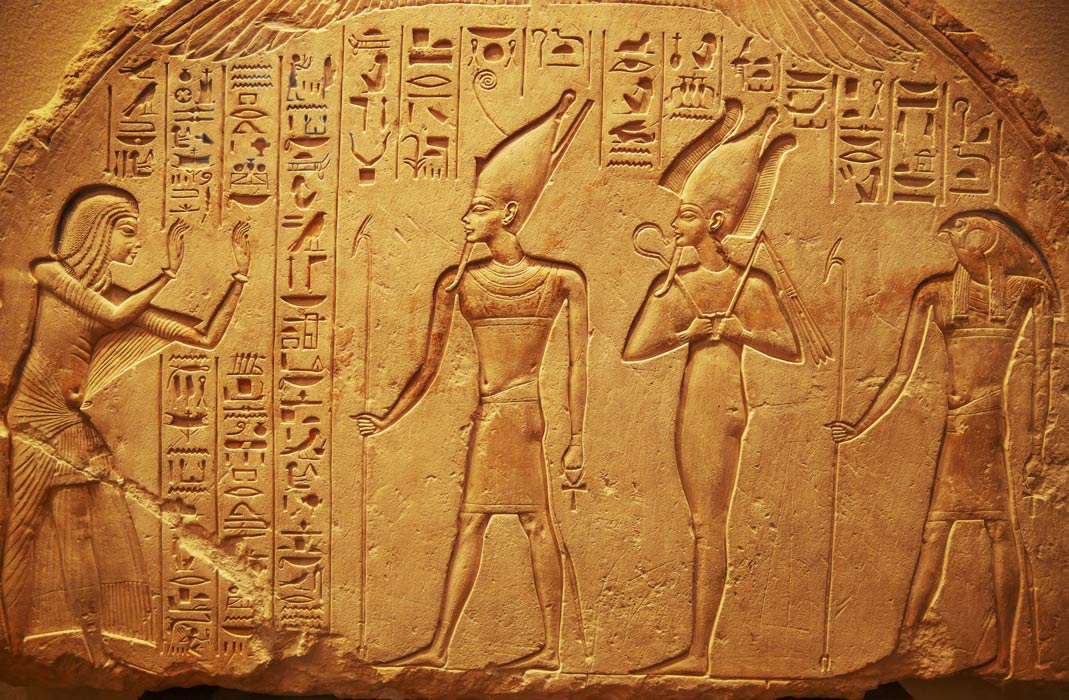
Hieroglyphics, the ancient Egyptian writing system, has fascinated scholars and common people for thousands of years. These intricately drawn words have been found scrawled on the walls of tombs, temples, and other historic sights. Though few know how to read hieroglyphics, nearly all this ancient language with the mystique of ancient Egypt.
Music
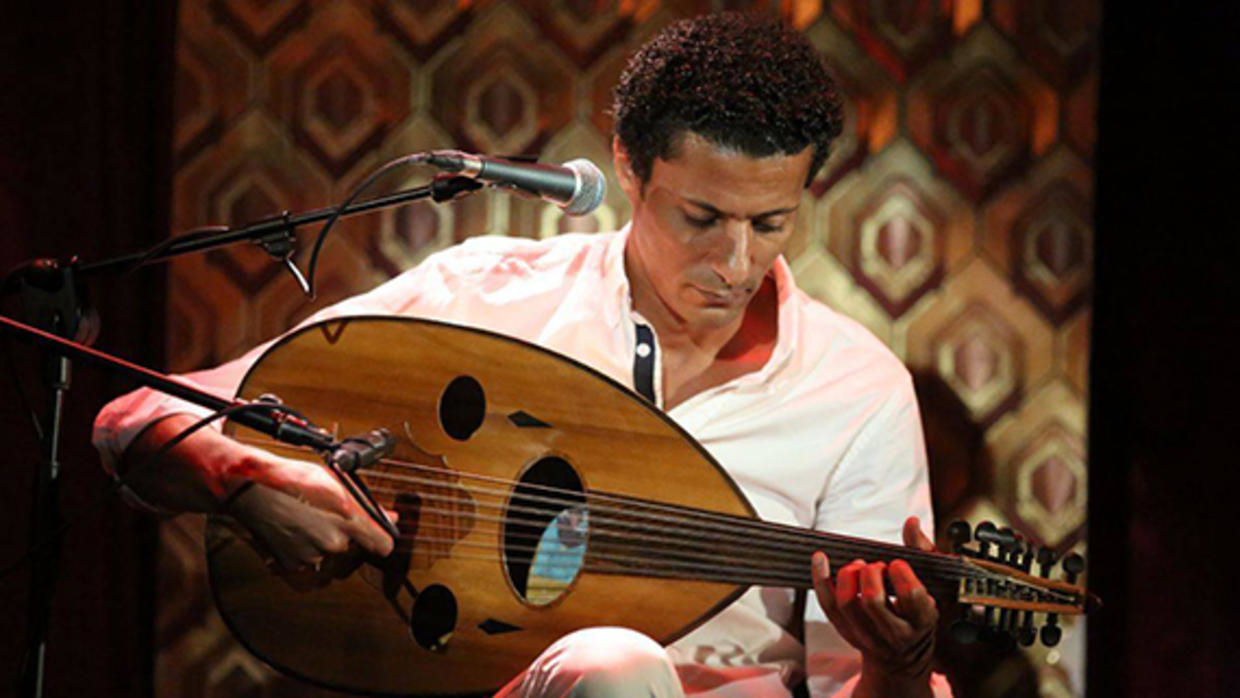
Traditional Egyptian music is far removed from the style of music we have become accustomed to in the United States. In the picture above, the musician is playing a lute, an instrument rarely heard, if ever, in American music. Musical differences make Egyptian music both foreign and fascinating to the American ear.
Egyptian Cuisine

Egyptian cuisine is another example of notable cultural difference. The Egyptian diet incorporates traditional Mediterranean food, consisting of fish, light meat, grains, fruits, and vegetables. Like many aspect of Egyptian culture, the Mediterranean fare is combined with African and western Asian influences to form a unique (and delicious) brand of cuisine.
Squash

Egypt excels at one sport above all others: squash. Although the Egyptian national soccer team is very popular, and other sports draw lots of attention throughout the country, Egypt is by far most successful at squash. Five of the top ten highest ranked players in world (on both the men’s and women’s circuit) are Egyptian, including first, second, and third for both sexes.
Movie Industry

Egypt is the world’s third-leading producer of films, behind only Hollywood and Bollywood. Home to the largest studios in Africa and much of the Arabic-speaking world, Egypt exerts cultural influence through the films it exports. The movie poster above reflects a typical Egyptian film in Arabic.